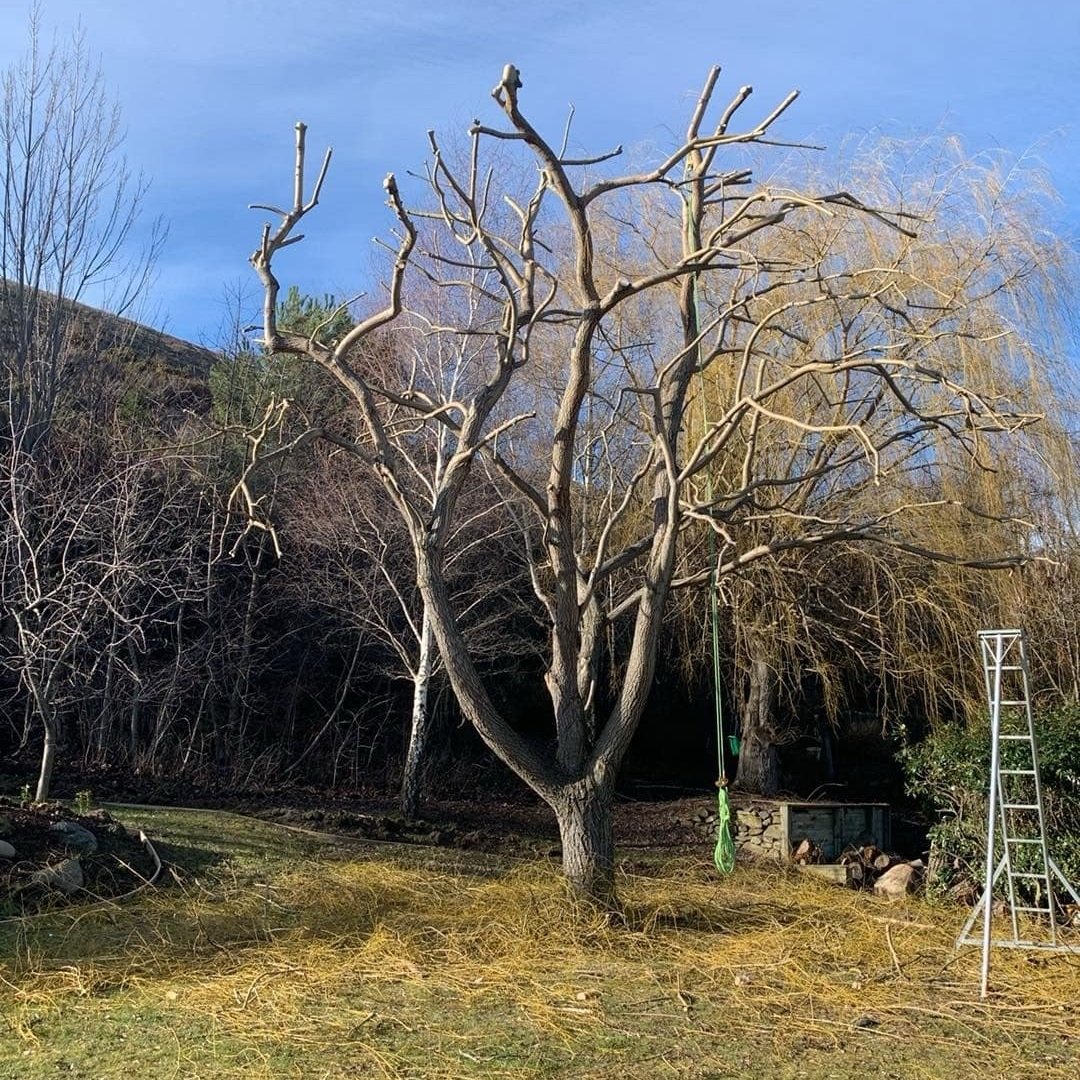
Pollarding:
A Pruning Technique for Tree Health and Size Control
Pollarding is a specialized tree pruning technique in which the upper branches of a tree are cut back to a specific height, usually above where new shoots emerge. This technique is typically done on a regular cycle, every few years, depending on the species and the growth rate.
Why Use Pollarding?
Size Control: Pollarding is an effective way to manage the size of trees, making them ideal for urban environments or spaces with limited room. It helps ensure trees remain a manageable size while still thriving.
Health and Safety: Regular pollarding can reduce the risk of falling branches, particularly from older or weaker growth. By removing these branches, pollarding promotes overall tree health and safety, especially in areas frequented by people.
Aesthetic and Functional Benefits: Pollarding helps create a distinctive, controlled shape that enhances the landscape's visual appeal. It also encourages the growth of dense foliage or fruiting wood, which is desirable for ornamental or functional purposes.
Effective for Certain Tree Species: Pollarding works particularly well for tree species that respond positively to regular pruning. For these species, pollarding can rejuvenate the tree and stimulate the growth of fresh, healthy shoots from the cut areas.
Fun Fact for Harry Potter Fans:
The famous “Womping Willow” from the Harry Potter series is an example of a pollarded willow


